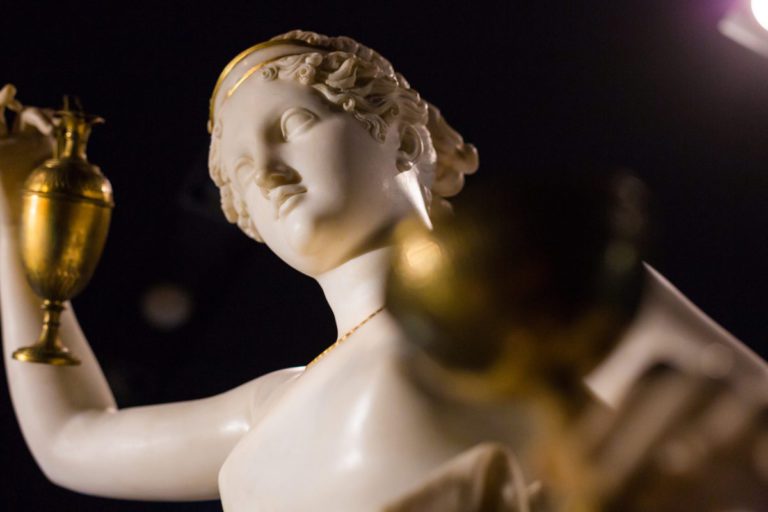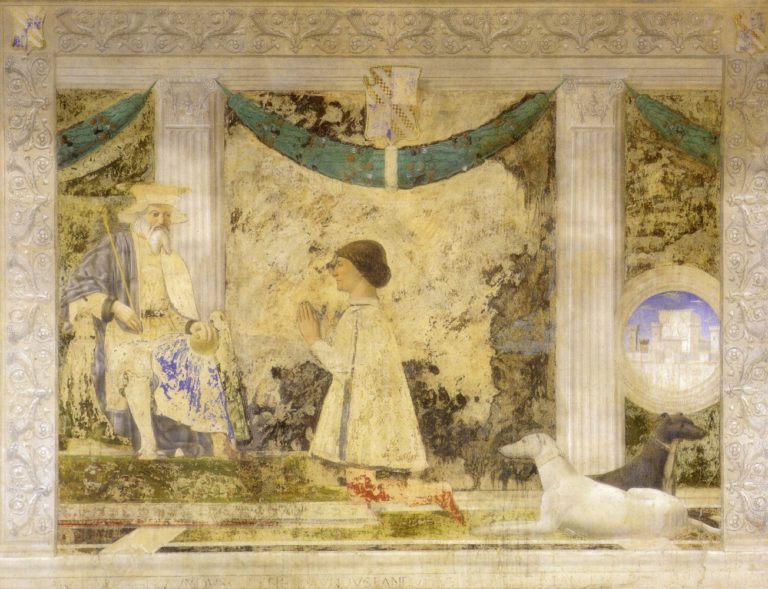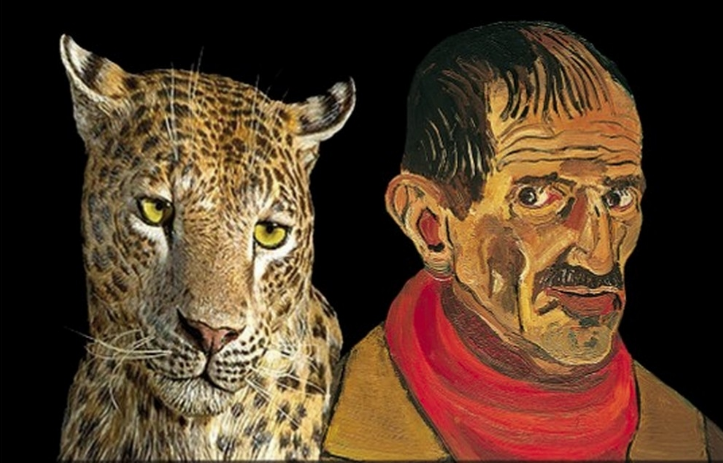Giovanni Francesco Barbieri, also known as Guercino. A painter who left his region, Emilia-Romagna, a priceless heritage of artworks.
From Piacenza to Rimini, passing through Cento (his birthplace) and Bologna (where he lived for many years, until his death), there are many places that preserve the legacy of this Baroque master. Let us therefore visit churches, museums and palaces to admire his art up close, and learn more about the painter’s close ties with his homeland.
Guercino’s Emilian Roots
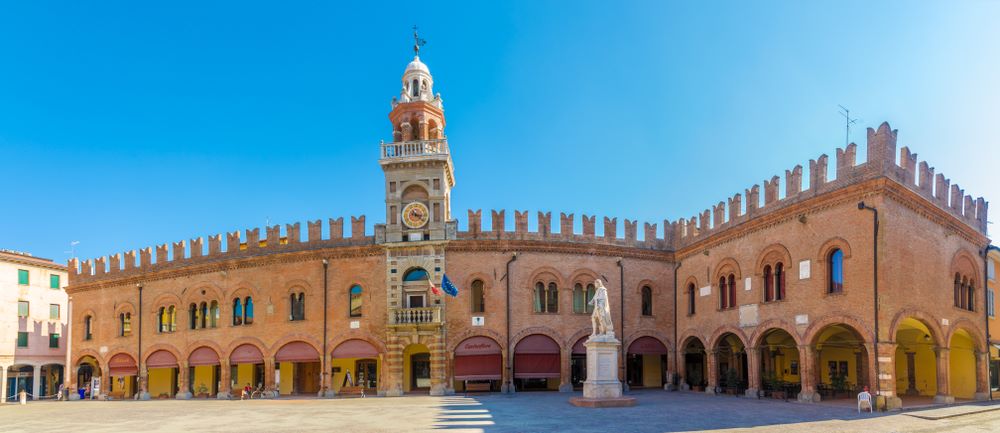
According to Carlo Cesare Malvasia’s account in his work Felsina Pittrice, Guercino owes his nickname to an episode that occurred during his childhood. Frightened by a loud noise while sleeping, he woke up ‘guercio‘ (Italian for cross-eyed), and from that moment on he was called Guercino.
Born in Cento in 1591, the painter is one of the greatest masters of the 17th century Emilian school. It was in Cento that he began his education, later completed in Bologna where the young artist had the opportunity to observe the work of Carracci.
Guercino was only 21 when his first commissions began to arrive. The early works in his home town were followed by a long series of travels, which took him from city to city.
Venice, Ferrara and then Rome, Mantua and Bologna again: as his fame grew Guercino was increasingly in demand, even abroad. However, he would never agree to travel to the courts of the kings of France and England, preferring to satisfy the requests of local clients.
The time spent in Rome, above all, represents a milestone in Guercino’s artistic career. In 1621 the painter travelled to the capital at the invitation of Pope Gregory XV (born Alessandro Ludovisi), who entrusted him with the important fresco cycles for the Loggia delle Benedizioni in St. Peter’s.
Never completed due to the death of the pontiff, only two years later, in Rome Guercino would nevertheless paint some significant works such as the famous Aurora, a fresco that decorated the Casino of the same name in the lost Villa Ludovisi.
In 1623 Guercino returned to Emilia, where he stayed and worked until the year of his death (1666).
Guercino’s Works in Cento
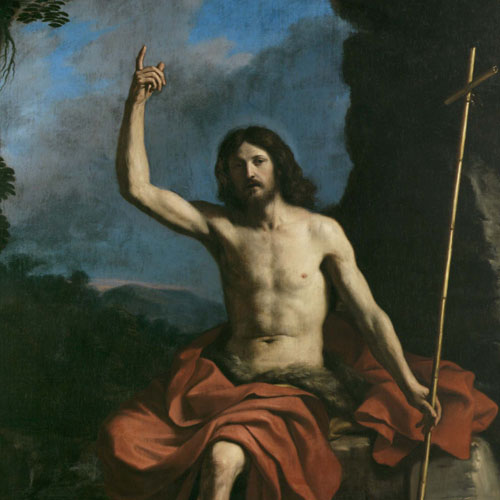
Our journey in search of Guercino’s works can only start from his town Cento, which today proudly holds around one hundred paintings by the artist.
In this town on the border between Ferrara, Modena and Bologna, Guercino showed his talent at a young age thanks to his meeting with Father Antonio Mirandola who entrusted him with the decoration of the Church of the Spirito Santo (1613). In Cento, the painter even founded a drawing academy, which he called the Accademia del Nudo.
But where can you go today to take a closer look at his works?
The first stop is definitely the Civica Pinacoteca il Guercino, which recently reopened its doors following restoration work after the 2012 earthquake.
Located right in the city centre, the art gallery boasts the highest concentration of works by Guercino and his workshop, including ‘Risen Christ Appears to His Mother’ (1628-30), ‘Saint John the Baptist’ (1650) and a ‘Madonna with Blessing Child’ (1629).
The art gallery in Cento is the ideal place to appreciate the artist’s career as well as the evolution of his style, from his early works to his mature years. But it is not the only place where you can admire his works.
In addition to these, the gallery housed in the former Church of San Lorenzo – now deconsecrated and owned by the Patrimonio degli Studi Foundation – boasts a remarkable collection of paintings.
Among the highlights are works by Guercino, originally created for the Church of SS. Rosario in Cento, a place of worship to which the master was deeply devoted.
The collection also features recent acquisitions related to Guercino, such as ‘The Annunciation’ (1648) and ‘The Preaching of St. John the Baptist’ (1653 – 1655), on temporary loan from the Pinacoteca Civica “Melozzo degli Ambrogi” di Forlì.
Not far from his hometown, in the Collegiate Church of Santa Maria Maggiore in Pieve di Cento, for example, there is a famous The Annunciation’ dating back to 1646.
You cannot leave Cento without visiting its main square named after Guercino, with a statue of him standing right in the centre.
Where to See Guercino in Bologna
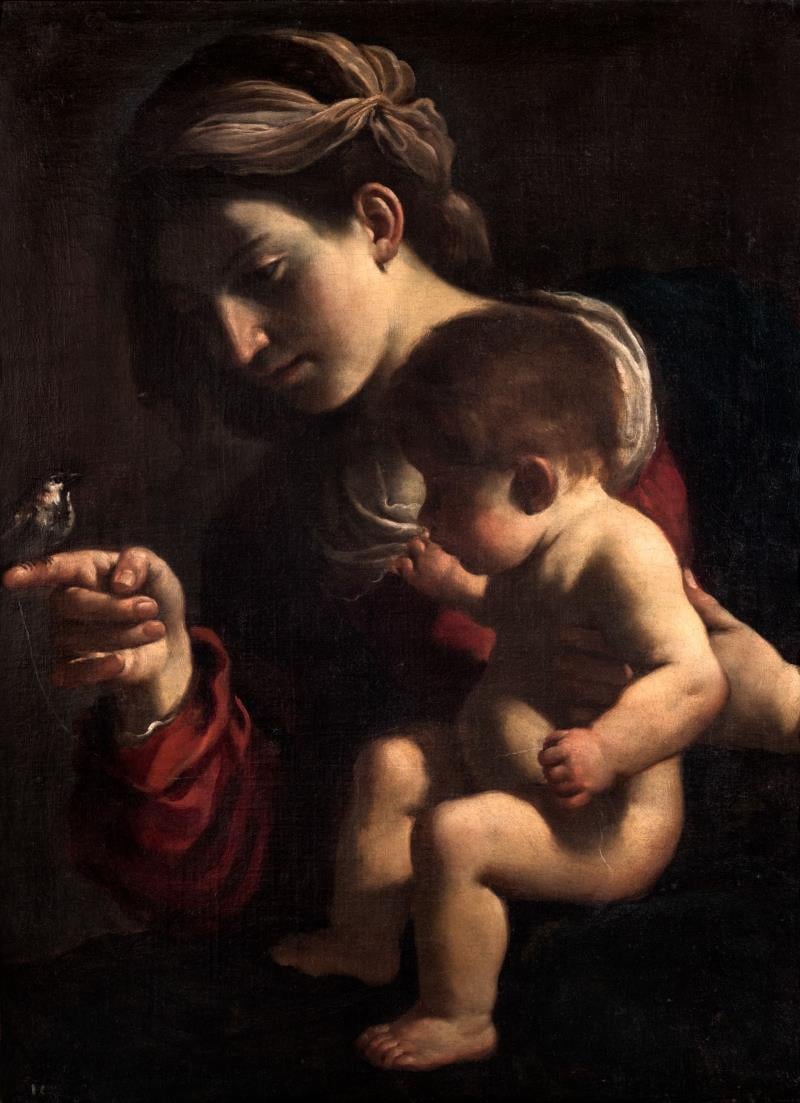
If there is one place that marked Guercino’s existence in his later years, it was Bologna. After his first, brief stay as a young man, Guercino returned to Bologna in 1642 and remained there until the year of his death in 1666.
The reason for the move is to be found on the one hand in the Castro War, which seemed to be threateningly approaching his Cento.
On the other hand, he was invited by Count Filippo Aldrovandi as his guest before acquiring a residence of his own in today’s Via Sant’Alò. A further incentive was probably the desire to take the place of Guido Reni – who died in 1642 – in the role of leader of the Bolognese school.
Today in Bologna there are some 50 works by the Baroque painter, which can be found in the palaces and churches of the city centre. The first stop of our Guercino tour in Bologna is the Pinacoteca Nazionale, which houses 11 works by the artist including the fascinating ‘Madonna del Passero’ (1616)
The journey continues among the religious buildings still housing Guercino’s masterpieces in their original location. Examples include the Church of San Domenico with its ‘St. Thomas Aquinas Writes the Hymn of the Blessed Sacrament’ (1662-3) and the Church of San Giovanni in Monte, which houses the ‘St. Francis Prays to the Crucifix’ of 1645.
As for the palaces, a must-see work is the ‘Madonna of the Rose with Child’, a fresco painted by Guercino when he was only 25 and included in the display of the Museo della Storia di Bologna in Palazzo Pepoli, as well as the ‘Lucrezia’ (1644) in the Quadreria of Palazzo Magnani Salem and the fresco depicting ‘Hercules and Antaeus’ at Palazzo Sampieri Talon (1631), which can only be visited on special events.
Guercino in Emilia-Romagna
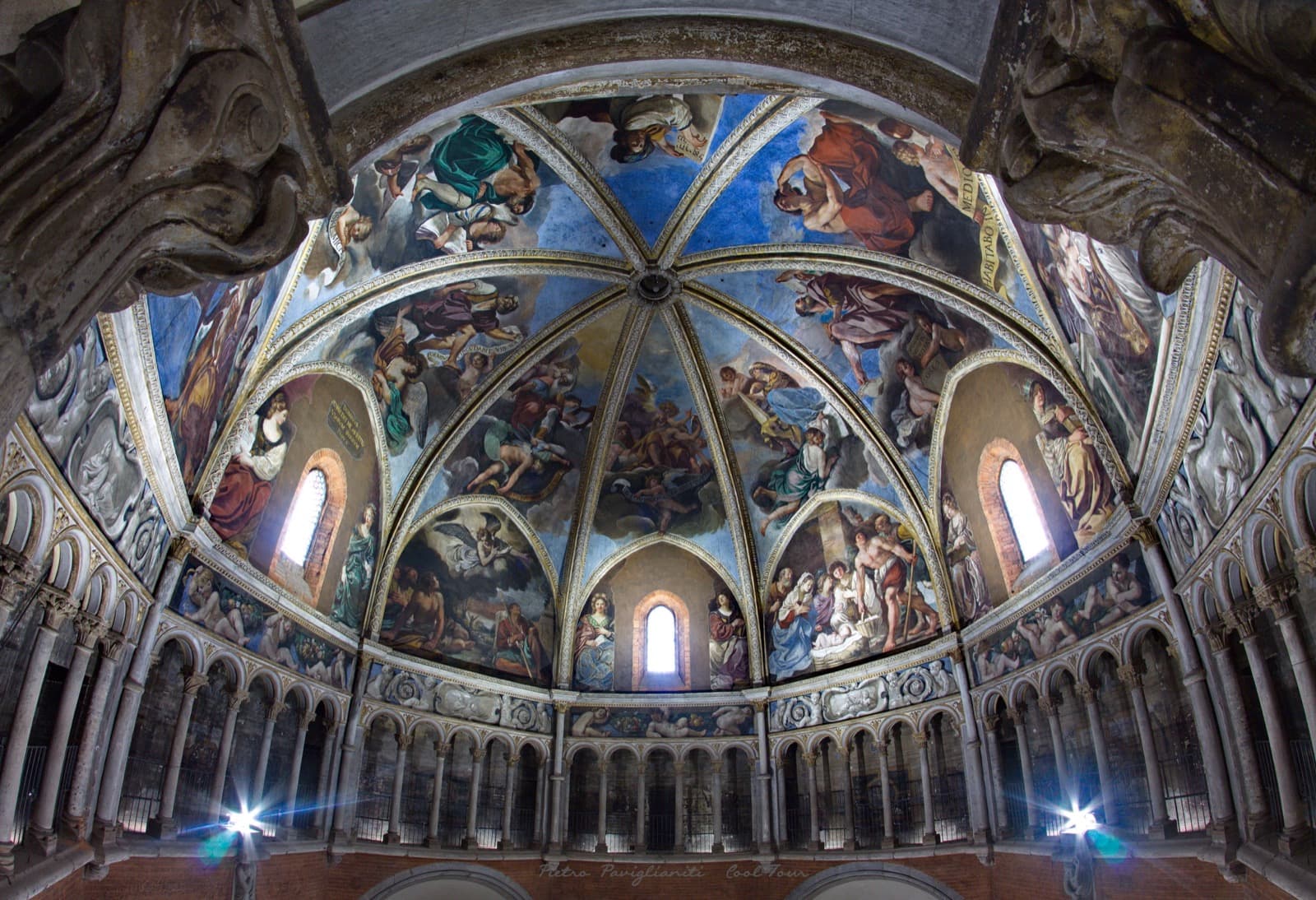
Guercino’s presence in Emilia-Romagna is truly widespread, so much so that you can find at least one work per province. Now let’s see where to go to admire them, city by city.
Piacenza is a must for Guercino enthusiasts. The artist worked in the city between 1626 and 1627, when he completed the decoration of the dome of the Cathedral begun by Pier Francesco Mazzucchelli known as il Morazzone.
A major work, which today can be seen up close thanks to the opportunity to climb up to the dome and be face to face with the prophets and sibyls frescoed by the painter from Cento.
Descending along the Via Emilia we stop for a visit to the Complex of Palazzo della Pilotta in Parma, which houses two works by Guercino (‘Susanna and the Old Men’, 1649-50, and ‘Madonna and Child Appears to St Francis and St Clare’, 1639-41).
Reggio Emilia hosts some works by Guercino as well, scattered in various buildings in the city. The ‘Madonna Assunta with Saints Peter Pope and Jerome’ in the Cathedral of Santa Maria Assunta (1625-6) and the ‘Crucifixion with Saints Prospero, John the Evangelist, Magdalene and the Virgin Mary’ inside the Basilica of the Madonna della Ghiara (1624-5) are definitely worth seeing.
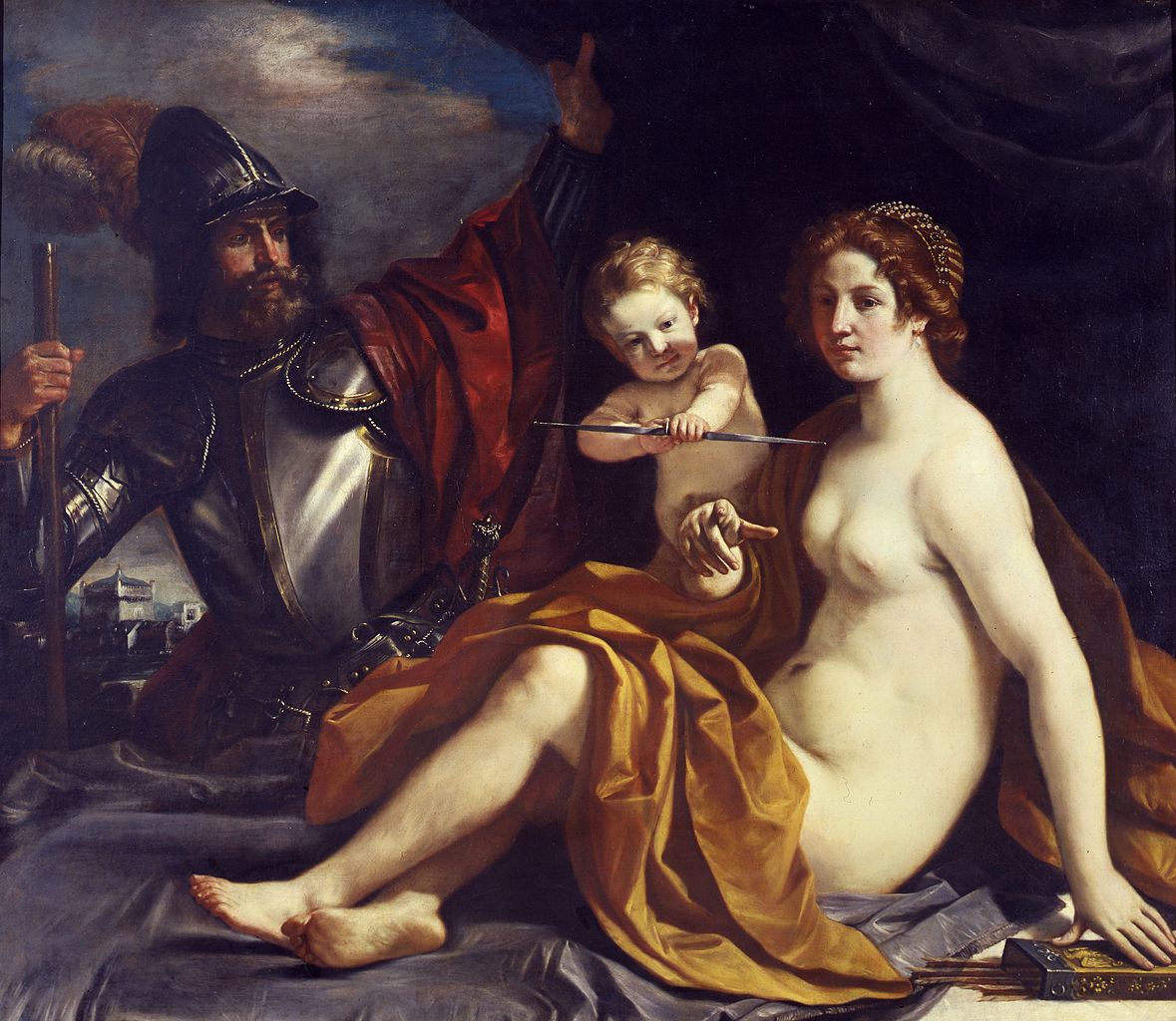
Among the works preserved in Modena, the largest group is housed in the Galleria Estense, which includes the masterpiece ‘Venus, Mars and Love’ commissioned in 1633 by Duke Francesco I d’Este.
Our Guercino tour in Emilia-Romagna continues in Ferrara. Here Guercino left some traces of his work in the San Giorgio Cathedral with the ‘Martyrdom of San Lorenzo’, (1627-8) and in the Pinacoteca Nazionale housed in the Palazzo dei Diamanti.
Let us conclude our journey in Romagna, between the provinces of Forlì-Cesena, Ravenna and Rimini. In addition to the altarpiece ‘Saint Francis Receiving the Stigmata’, which is housed in the Church of the Capuchins in Cesena, several other significant works by Guercino can be found in various museums.
At the MAR – Museo d’arte della città, you can view ‘Saint Romuald and an Angel Beating a Devil’, while the Museo Civico G. Ugonia in Brisighella preserves ‘Saint Francis of Assisi and Saint Louis of France’ (1618).
Finally, in Rimini, the Museo della Città displays three paintings from the artist’s mature period, including the remarkable ‘Vision of Saint Jerome’, painted in 1641.
Author
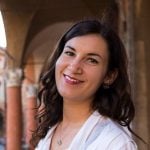
Maria Grazia Masotti
An eternal dreamer, but I try to stay grounded. I was raised in the countryside but I love big cities. I’m always ready for a trip, as long as it’s sustainable.
You may also like
Italian greatest artists: 9 artworks in Emilia-Romagna
by Celestina Paglia /// February 12, 2021
Piero della Francesca a Rimini: sulle tracce del maestro itinerante
by Celestina Paglia /// January 26, 2017
Antonio Ligabue, itinerario in Emilia Romagna
by Celestina Paglia /// June 3, 2021

Interested in our newsletter?
Every first of the month, an email (in Italian) with selected contents and upcoming events.
